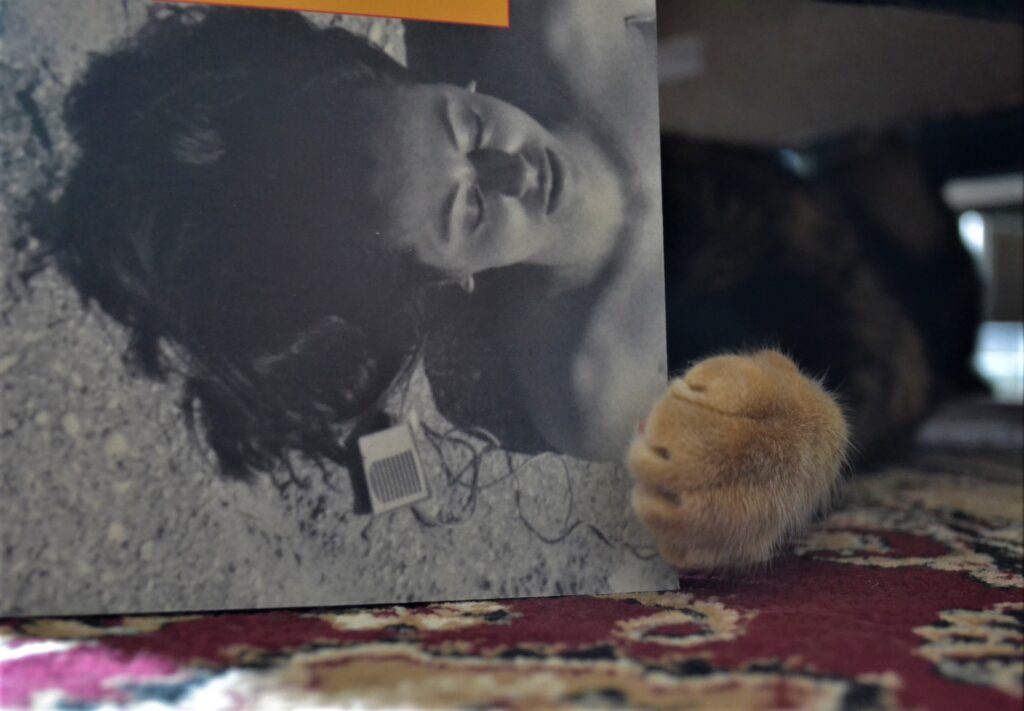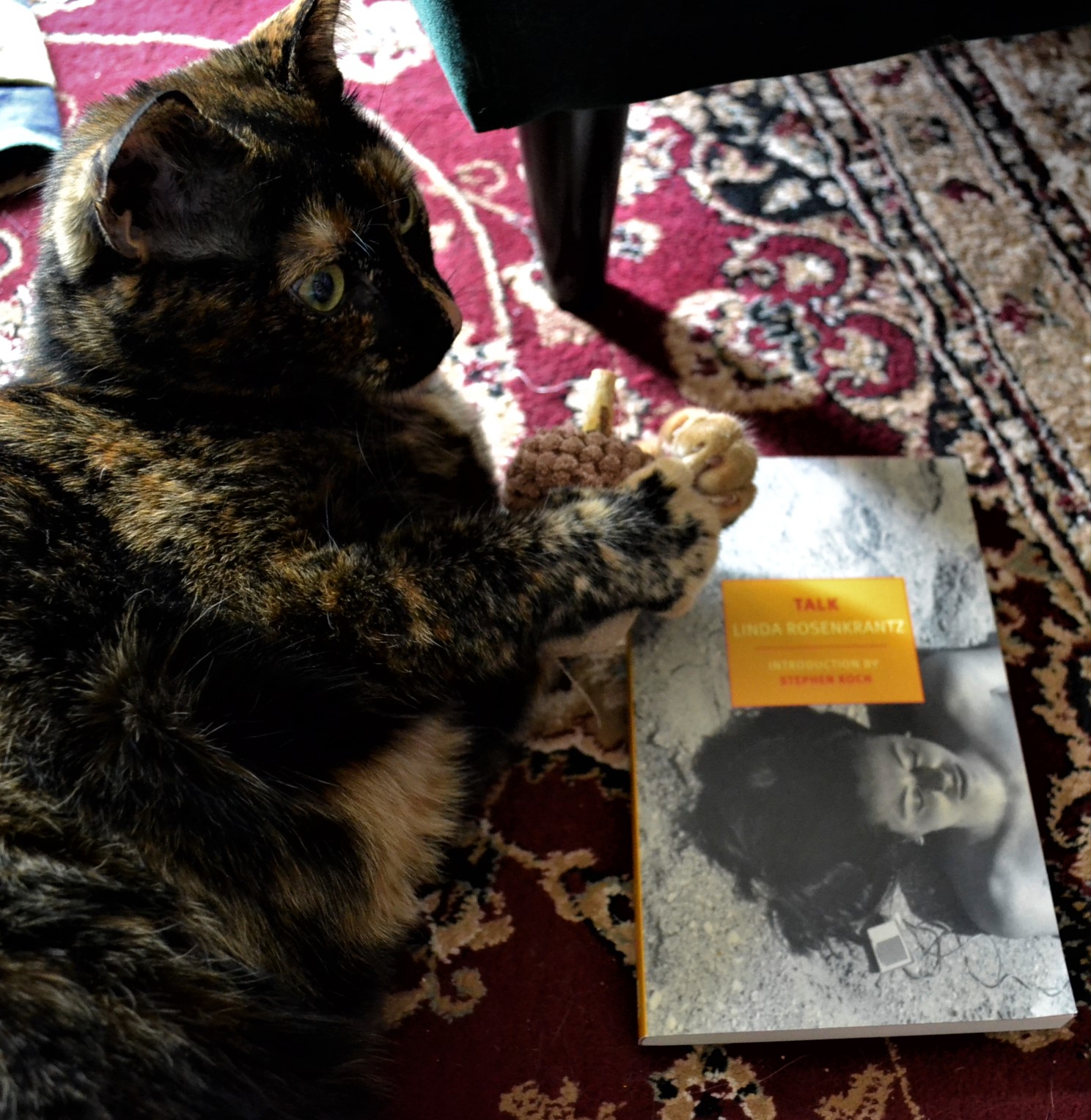Summer Starts with Chainsaws
Because we live in this lovely Canadian rural paradise, we are treated to the common phenomenon of the blurring line between spring and summer. We’re no longer oscillating between sun and snow. Now it’s heat and pleasant early season chill. I’ve mentioned that I’m prone to heat-related illnesses before, so I’ve been trying to soak up the early morning nip in the air and the gorgeously cool sunsets over our own personal backyard dandelion kingdom. But lately, we’ve been edging closer to summer and I’ve been increasingly confined to the great indoors.
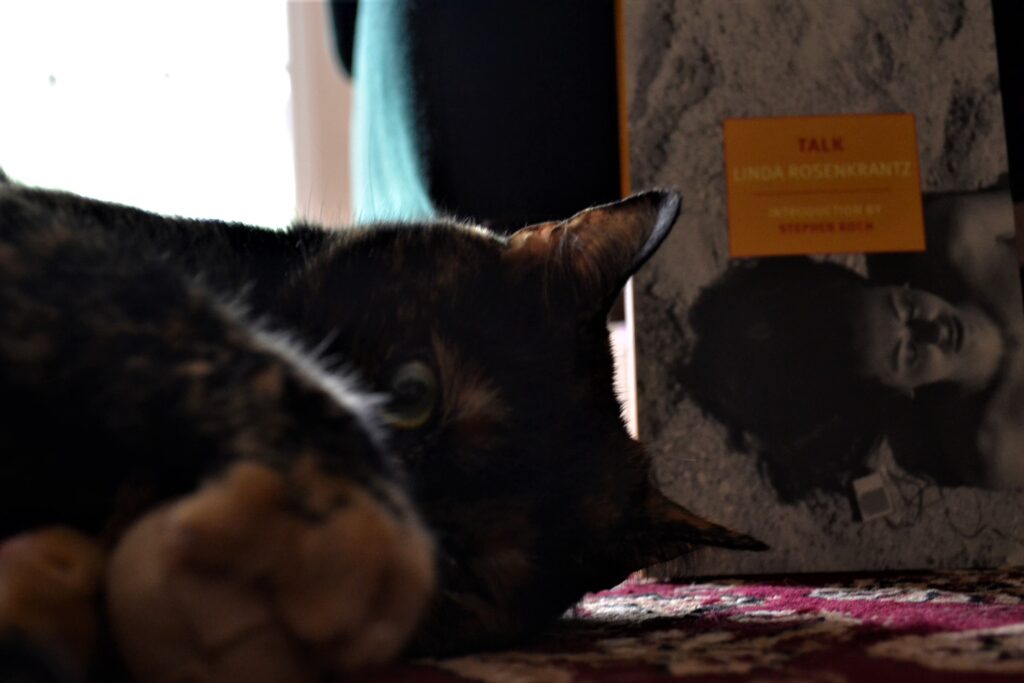
Other signs of summer? Chainsaws. The buzzing, gnashing, metal-on-metal chattering comes wafting through the air on most weekend afternoons. And, no, I don’t know where exactly its point of origin is or what exactly is being cut, but I do wonder: How much could there possibly be to cut? Why so much cutting and why so often? I don’t know. I do know that the wondering serves as a great short story prompt — even if I never actually manage to write anything down.

A Novel in Dialogue
Linda Rosenkrantz’s Talk is a very unique novel which straddles the line before many different niches. Set in the summer of 1965, Talk is novel in dialogue as three friends talk about their lives, each other, and themselves over the course of several visits. Based on real conversation Rosencrantz recorded between herself and friends, the novel is classified as ‘non-fiction fiction’. There is no description, only a script format that gives the book nearly the feeling of a play.
Like in a play, some of the action happens outside of the scope of the narrative — mentioned in statements instead of happening in front of the reader. The three friends are candid but not free of their own biases and lenses through which they both observe and report on the happenings in the world around them. Most of Talk has to do with abstract thoughts and feelings and the complex language of the rise of psychoanalysis and an introspective approach to interpreting one’s own thoughts and actions. There is also an extensive discussion of the politics of relationships and friendships in a tight-knit group of friends and a larger group of acquaintances.
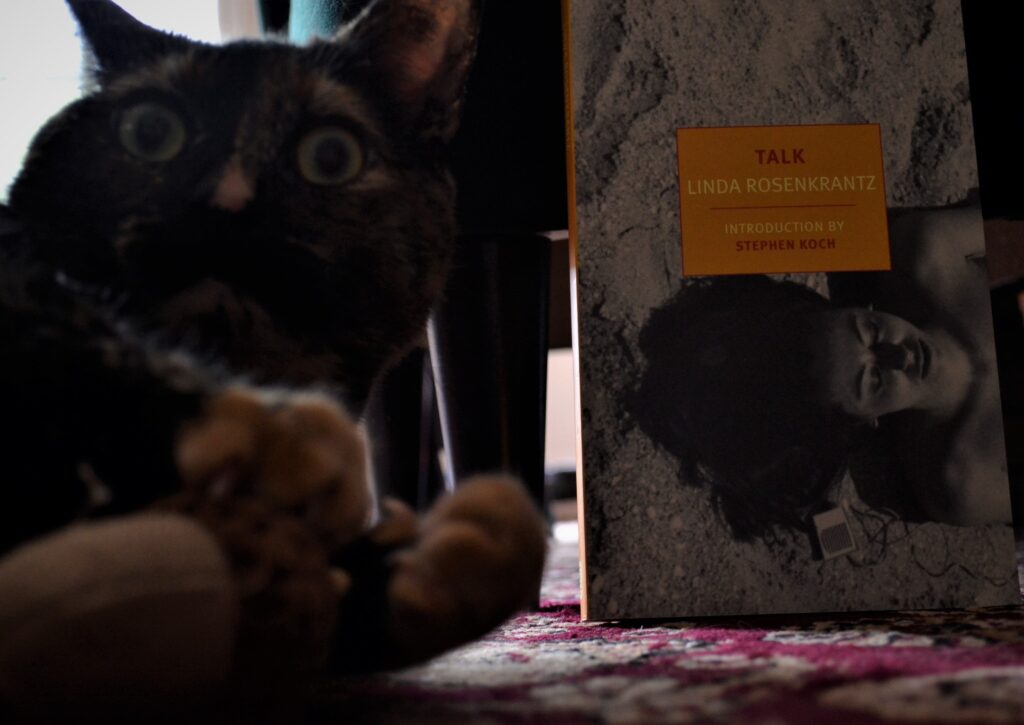
The Experience of Talk
Talk is a quite a quick read. I finished it in about two sittings. However, it takes a lot longer to unpack all of the topics that Talk touches on and to analyze the time and context in which it was produced. Talk is one of those novels that gives back to the reader according to what the reader puts into it. One can read it on a very surface level, or one can decide to carefully consider the book chapter by chapter and think about what it means in terms of trends of thought and the shifting tides of late 1960s culture.
There were definitely times when I found the dialogue format a bit frustrating and I found myself frustrated with the unreliable narration of the characters. For example, there were mentions of a party at which someone made a scene — but the reader only gets a secondhand account of that scene and it’s a vague one at that. A structure should never feel constraining to the reader, but there were moments when that was exactly what I felt. I would have rather been taken to the party; instead, it felt like I was an outsider that missed an inside joke everyone else was laughing at.

The Content of Talk
Rosencrantz is using talk to illustrate a point. Specifically, she is pointing out that, as the 1960s move into the 1970s, individuals are continuing to question everything, including their own inner lives. The language of psychoanalysis and the idea of therapy is returned to again and again and again as the three friends recount what they’ve discovered about themselves and talk about what they see in each other as problems, behaviour patterns, or struggles.
It’s important to know that this is not a modern book about modern concepts of therapy. The insights expressed are not profound and the ideas are often just wrong. The hardest part of reading Talk was reading just how petty, selfish, and self-centered these characters are. They care about themselves and their immediate problems. Not about the social issues around them or anything weighty or even very meaningful, even though in 1965 culture was undergoing massive changes. It’s undeniable that these characters are coming from a place of privilege and it is tainting their perception. These things are all part of the point, but that doesn’t mean reading it is any less frustrating.
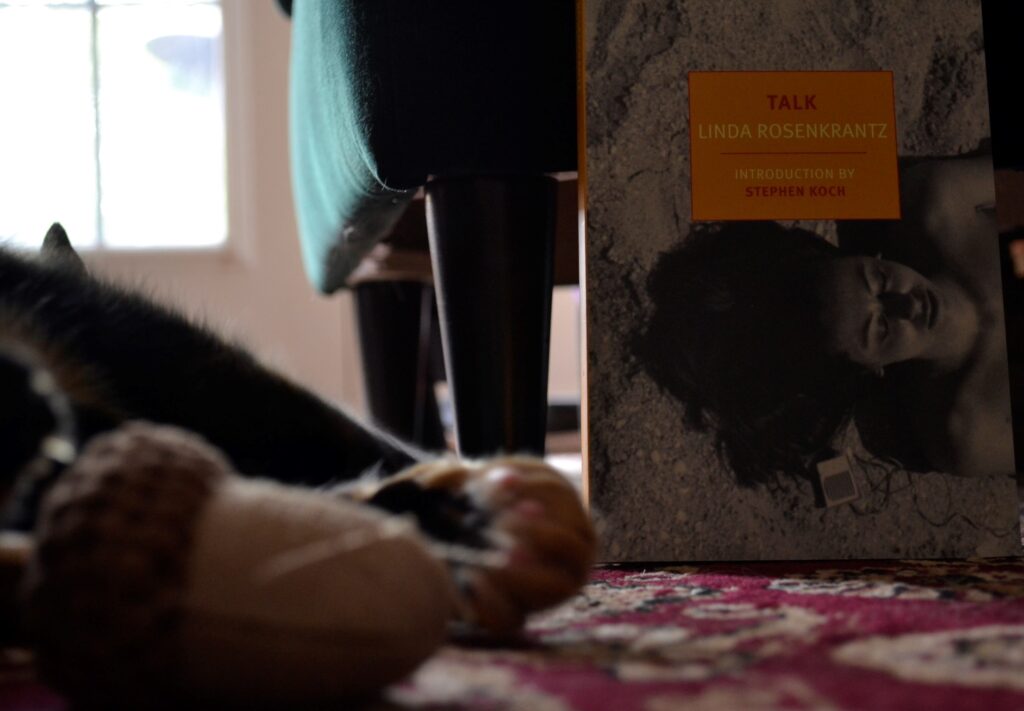
It is Still May!
Despite the chainsaws, I’m reminded that it is still May and all the only-May things are happening all around me. The dog violets are blooming and our plum tree has burst into blossom. The juncos are long gone, but the ducks are still here and the cardinals are starting to nest. The blue jays are stubbornly insisting on staying in their flock formation and eating me out of house and peanuts. The grass is growing in a way that feels like grass has never grown before.
So as much as I dread the dose of the blazing sun we’ve had recently, it’s not like I haven’t had plenty of spring flowers to make up for it.
